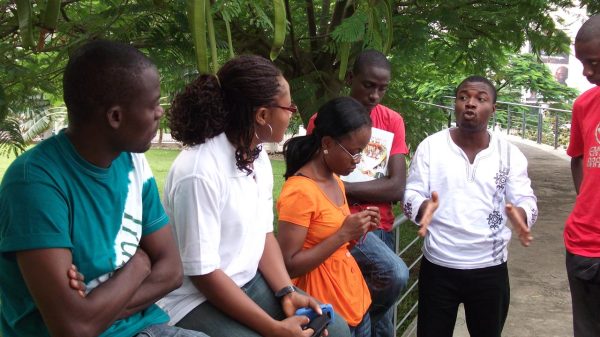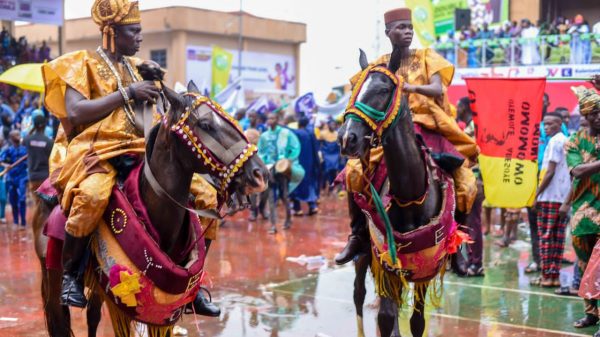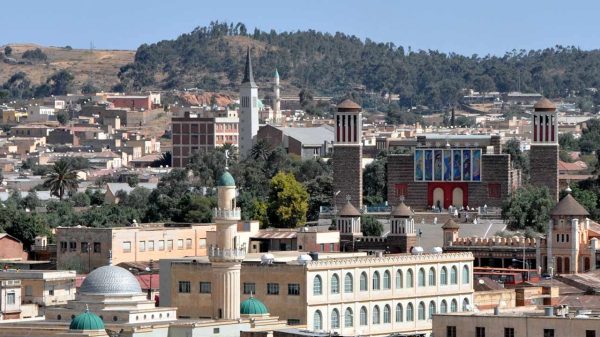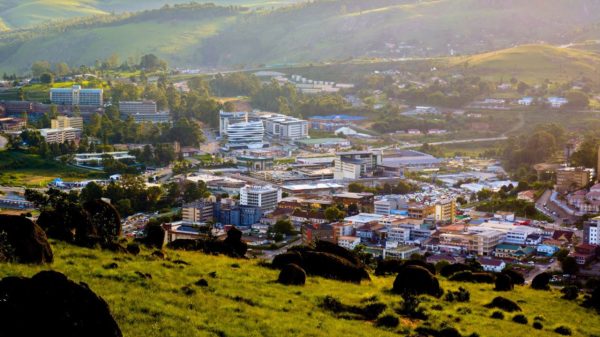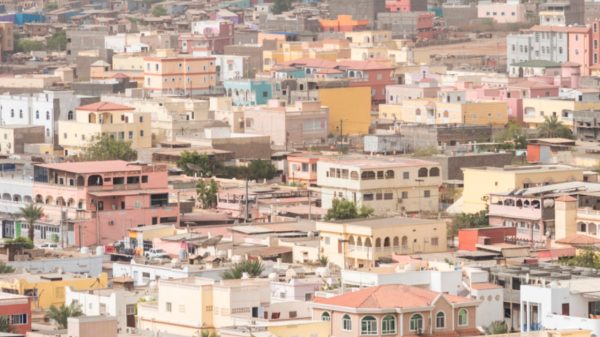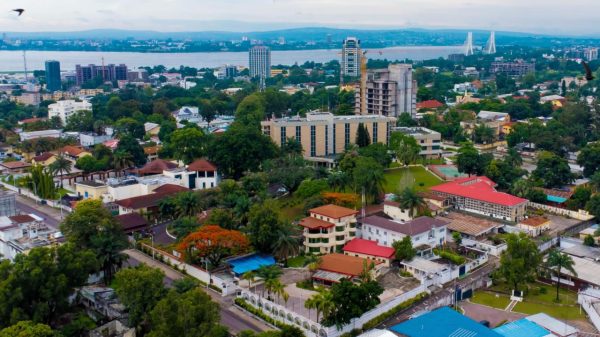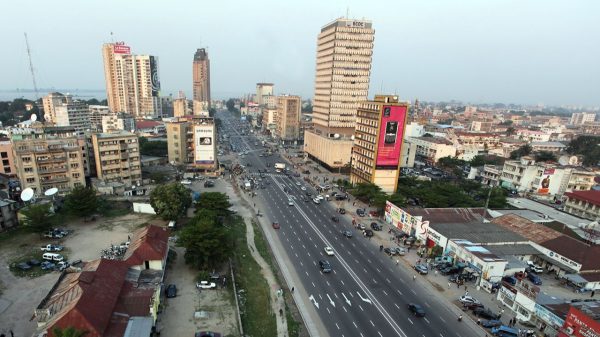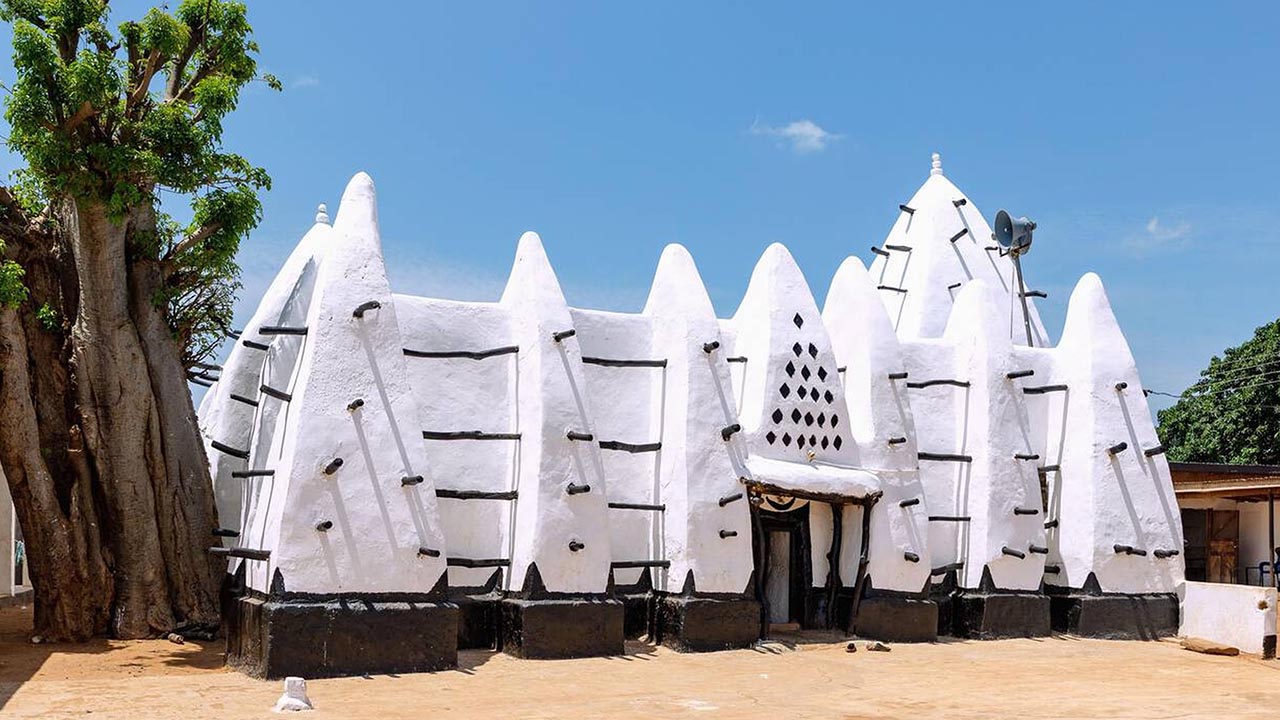If you love history, stunning architecture, or simply discovering unique places, then the Larabanga Mosque in Ghana should be on your must-visit list.
As one of the most remarkable tourist sites in Ghana, this incredible structure isn’t just a place of worship—it’s a piece of living history, a symbol of faith, and a fascinating architectural wonder. Whether you’re planning a trip to Ghana or just love learning about new places, here’s why Larabanga Mosque is worth a visit.
A Mosque Unlike Any Other
Built in 1421, Larabanga Mosque is believed to be the oldest mosque in Ghana and one of the oldest in West Africa. Often called the “Mecca of West Africa,” it holds deep religious and cultural significance. Imagine standing in front of a building that has stood the test of time for over 600 years! That’s older than the United States and even the printing press.
The mosque is made entirely of mud and sticks, following the Sudanese architectural style. Its distinct whitewashed walls, wooden beams sticking out at different angles, and conical buttresses give it a striking appearance. It looks like something straight out of a history book—but in real life.
A Mysterious Beginning
The origins of Larabanga Mosque are wrapped in legend. According to one story, an Islamic trader named Ayuba was traveling through the area when he had a dream instructing him to build a mosque. When he woke up, the foundation of the mosque had mysteriously appeared. He took it as a divine sign and completed the construction. Whether or not you believe in the legend, it adds a magical element to this already fascinating place.
Next to the mosque stands a giant baobab tree, where Ayuba is believed to be buried. Baobab trees themselves are iconic in Africa, known as the “Tree of Life” because of their long lifespan and the resources they provide to communities.
A Sacred Place With Strict Rules
Larabanga is a predominantly Muslim town, and the mosque remains an active place of worship. Because of its sacred nature, non-Muslims are not allowed to enter. However, visitors can admire the mosque from the outside, learn about its history from local guides, and take photos of its unique architecture. Even from the outside, the experience is worth it!
A Quran From Heaven?
One of the most intriguing aspects of Larabanga Mosque is the ancient Quran housed within it. According to legend, around 1650, an Imam named Yidan Barimah Bramah prayed for a Quran, and one miraculously appeared from the sky. Whether fact or folklore, this story adds to the mosque’s mystical charm and draws pilgrims and history enthusiasts alike.
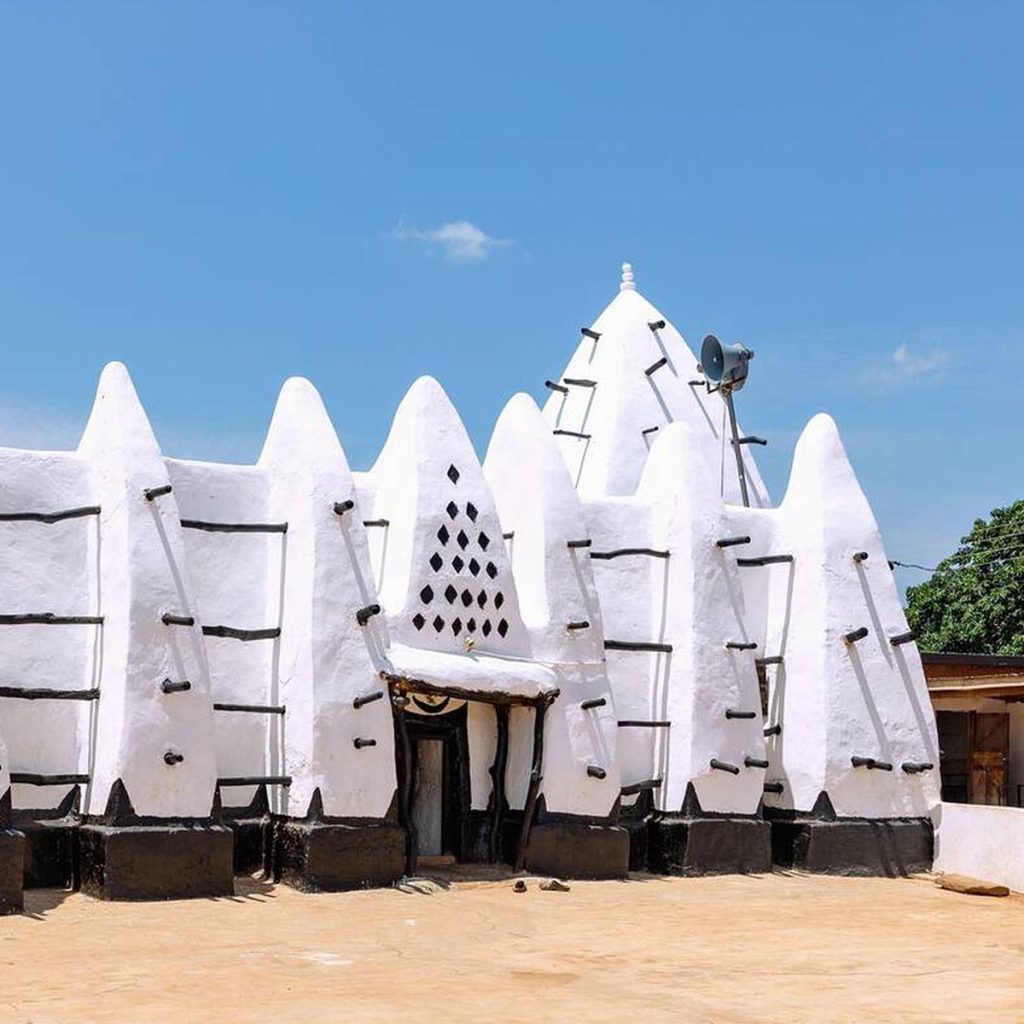
More Than Just a Mosque: A Community Hub
Larabanga Mosque is more than just a place for Friday prayers. It’s a gathering spot for the community and a place where important religious ceremonies take place. It also serves as a site for spiritual guidance. People seeking blessings or solutions to personal problems often visit the mosque, and special Quranic readings are held for those in need of divine intervention. In return, offerings such as livestock or donations are given to support the local community.
Nearby Attractions: What Else to See
A trip to Larabanga Mosque isn’t just about the mosque itself. There are other incredible sites nearby that make the journey even more worthwhile:
- Mole National Park – Just about 5 miles away, this is Ghana’s largest wildlife reserve. You can see elephants, antelopes, warthogs, and even leopards. If you’re a nature lover, this is the perfect addition to your trip.
- Mystery Stone – Another fascinating site near the mosque. According to local legend, every time someone tries to move this stone, it mysteriously returns to its original position. Whether you believe in the supernatural or not, it’s a cool story to hear firsthand.
- Zaina Lodge – If you’re looking for a comfortable place to stay, Zaina Lodge offers luxury accommodation right next to Mole National Park. It’s the perfect spot to relax after a day of exploring.
The Role of Islam in the Region
To truly appreciate Larabanga Mosque, it helps to understand the spread of Islam in the region. Islam first entered Africa through Egypt in the 10th century and gradually spread westward along trade routes. Mande warriors, Islamic traders, and missionaries played a crucial role in this expansion. Some of these early trade routes passed through Ghana, leading to the construction of mosques like Larabanga. Today, Northern Ghana remains predominantly Muslim, and these historic mosques continue to be places of worship and cultural significance.
The Unique Architecture of Larabanga Mosque
What makes this mosque stand out architecturally? Unlike modern buildings made of concrete and steel, Larabanga Mosque follows the Sudanese-Sahelian style. Here’s what makes it special:
- Made of Mud and Sticks – Traditional methods using local materials give the mosque its distinctive look.
- Pyramidal Towers – The mosque has two striking towers: one for the mihrab (which faces Mecca) and another as a minaret.
- Conical Buttresses – These strengthen the walls and give the structure its unique shape.
- Wooden Beams – These protrude from the walls and are not just for decoration—they help with maintenance, as people can climb them to repair the structure.
The entire mosque is given a whitewash, which helps protect the mud walls from damage. Despite being centuries old, the mosque remains standing thanks to continuous restoration efforts.
How to Get There
Larabanga is about 10 miles (16 km) west of Damongo and around 72 miles from Tamale, the regional capital of Northern Ghana. The best way to get there is by road, either through public transport or a private car. If you’re already visiting Mole National Park, it’s just a short trip from there.
Why You Should Visit
Larabanga Mosque isn’t just another historical site—it’s a place where history, culture, and faith come together. It’s a living piece of Ghana’s heritage that has stood for centuries. Whether you’re drawn in by its architecture, fascinated by its legends, or simply want to explore a place rich in history, Larabanga Mosque is worth the visit.
So, if you ever find yourself in Ghana, make sure to add this gem to your itinerary. Even if you can’t step inside, just standing in its presence is an experience you won’t forget.
Subscribe to our Newsletter
Stay updated with the latest trends in African Pop Culture!


